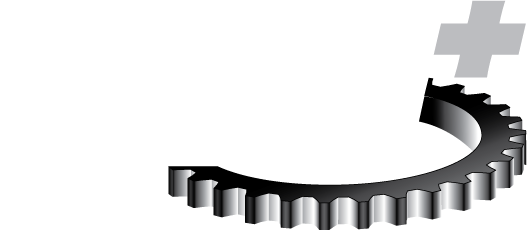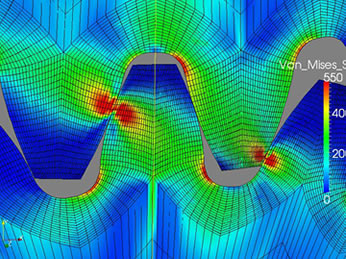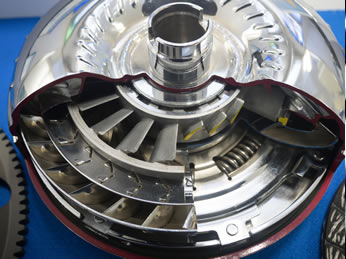KBE+, Inc. provides design services to numerous domestic and international clients spanning mechanical power transmission, gear and gearbox design, dynamometer and test stand design, development and commissioning.
Our team of designers and analysts are competent with most modern CAD/CAM and analysis packages. We have wide-ranging practical knowledge of most mechanical devices and designs and are ready to work with your team as an independent design firm providing full project management or as an extension of your organization either on-site or remotely from our facilities.
Design Services Available:
- Fully trained staff with extensive practical experience
- Cross-communication with all common design applications
- Fluent with the use of most of the common FEA solvers
- Experienced with multiple gear design and analysis packages
- All projects managed via MS Project, and through a secure WEB portal
- Test, analysis, forensics and reverse engineering capabilities
- Rapid prototype and SLA modeling to support client concept evaluation and development
A Computational Analysis Success Story
KBE+ , Inc. was charged with a research project to develop a fully functional aluminum torque converter. The expected benefits were both weight savings and a performance increase due to enhanced blade design and reduced rotating inertia. This project required extensive review of current torque converter technology and its developmental history. These results then drove the development of both new blade geometries and the application of non-traditional materials. The development efforts also required extensive theoretical modeling (CFD) and geometry optimization (Flow-Forming) to produce the optimized turbine blade geometry. The concept of a varying cross-section, as a function of turbine blade length, was employed to further enhance torque converter performance. Although implementation of non-uniform blade geometry was considered not feasible based on the cost of current forming technologies and traditional manufacturing techniques, the results of the project remain viable in terms of its inherent improvements in torque converter efficiency.
In addition, the project required that the redesigned torque converter, using the improved turbine blade geometry, reduce the size and weight of the original design, while maintaining at least similar performance. An unexpected outcome of the design was a novel lock-up clutch dampener system implemented through the use of these new materials and processing techniques. The new and innovative torsional damping system is based on a wave spring design concept, embedded into the torque converter lockup pressure plate.



